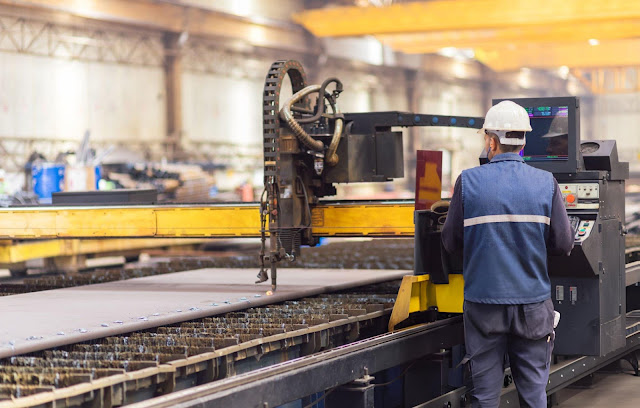What is Heavy Sheet Metal Fabrication?

Metal fabrication for heavy sheet is a specialization process which involves cutting, bending as well as assembling massive and heavy metal sheets to specific forms and designs. It is vital for industries in which durability and strength are essential, like marine, shipbuilding manufacturing, and heavy machinery. In E S HAJI & CO We provide expert sheets of sheet metal for heavy fabrication that provide high-quality and durable components made of metal that fulfill the demanding requirements of our customers. The Process of Heavy Sheet Metal Fabrication Fabrication of heavy sheet metal is a complex process that involves a number of steps: Cutting using advanced cutting techniques including CNC plasma cutting waterjet cutting or laser cutting, we cut precisely massive metal sheets into needed designs. Forging and Bending The processes are used to form the sheets of metal into particular shapes using high-powered rollers and presses. This ensures precision a...





